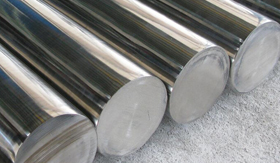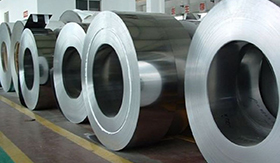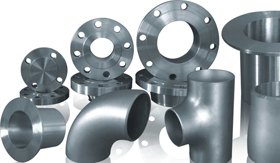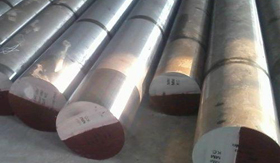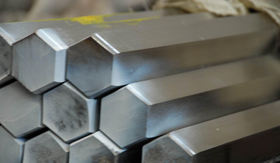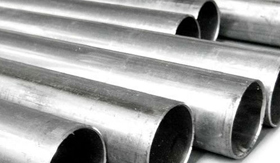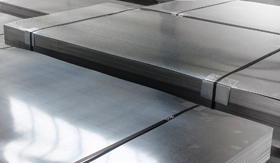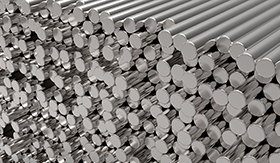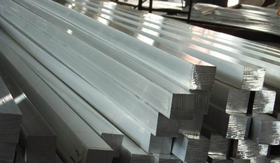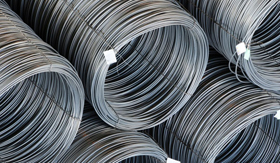Product Range
Stainless Steel
Stainless Steel is in fact an umbrella term which covers a huge range of alloys, the varying properties of which make them suitable for use across a very broad spectrum and in a vast number of different industries. Stainless steel is not a single specific material: it is the name given to a group of corrosion resistant steel alloys which contain a minimum of 12% chromium.
The chromium in stainless steel reacts with oxygen in the air to produce a very thin, inert, chromium rich oxide film on the surface of the steel. It is the presence of this film which provides the corrosion resistance of stainless steel. This passive film is unlike coatings such as paint or galvanising in one very important way. If it is damaged by abrasion or mechanical means such as cutting, it re-forms and continues to protect the steel.
We mainly deal in Sheets, plates, Tubes, Pipes, Rods, Wires, Strips and Pipe fitting like Ball Valves, Elbow, Bends, Stubend, Tees, Flanges, Reducer, Bolt and Nuts, Screwes in the grade of AISI 304, 304L, 316L, 310, 312, 410 and 420 etc.
Non Ferrous
Non-ferrous metals are metals that do not contain iron. Put in the simplest terms, ferrous metals are those which contain iron, whilst non ferrous metals don’t have any iron content. There are, however, other differences between the two types of metal which have a strong bearing upon the tasks which they are usually called upon to perform.
There are two groups of metals; ferrous and non-ferrous. Ferrous metals contain iron, for example carbon steel, stainless steel (both alloys; mixtures of metals) and wrought iron. Non-ferrous metals don't contain iron, for example aluminium, brass, copper (which can be remembered as ABC) and titanium. You can also get non-ferrous metals as alloys eg, brass is an alloy of copper and zinc.
Nonferrous metals are specified for structural applications requiring reduced weight, higher strength, nonmagnetic properties, higher melting points, or resistance to chemical and atmospheric corrosion. They are also specified for electrical and electronic applications.
We mainly deal in Copper, Brass, Aluminium, Phosphorus, Bronze, Gun Metal, Lead, Zinc, Tin Metal, Nickel, Monel, Inconel, Hastelloy in all shapes and sizes. We are also specialists in Copper Tubes Refrigeration quality of 50' and 100' coils in various sizes and thickness.
Alloy Steels
Alloy steels are made by combining carbon steel with one or several alloying elements, such as manganese, silicon, nickel, titanium, copper, chromium and aluminum. These metals are added to produce specific properties that are not found in regular carbon steel. The elements are added in varying proportions (or combinations) making the material take on different aspects such as increased hardness, increased corrosion resistance, increased strength, improved formability (ductility); the weldability can also change.
Elements are added to improve strength and toughness, to decrease or increase the response to heat treatment, and to retard rusting and corrosion. Low alloy steel is gener- ally defined as having a 1.5% to 5% total alloy content. Common alloying elements are manganese, silicon, chromium, nickel, molybdenum, and vanadium. Low alloy steels may contain as many as four or five of these alloys in varying amounts.
We mainly deal in EN-8, 9, 19, 24, 31, 36, 45, 47, 20, MN-CR5, SAE 8620, OHNS, HCHCR, HSS Manganese Strips in all shapes and sizes.

